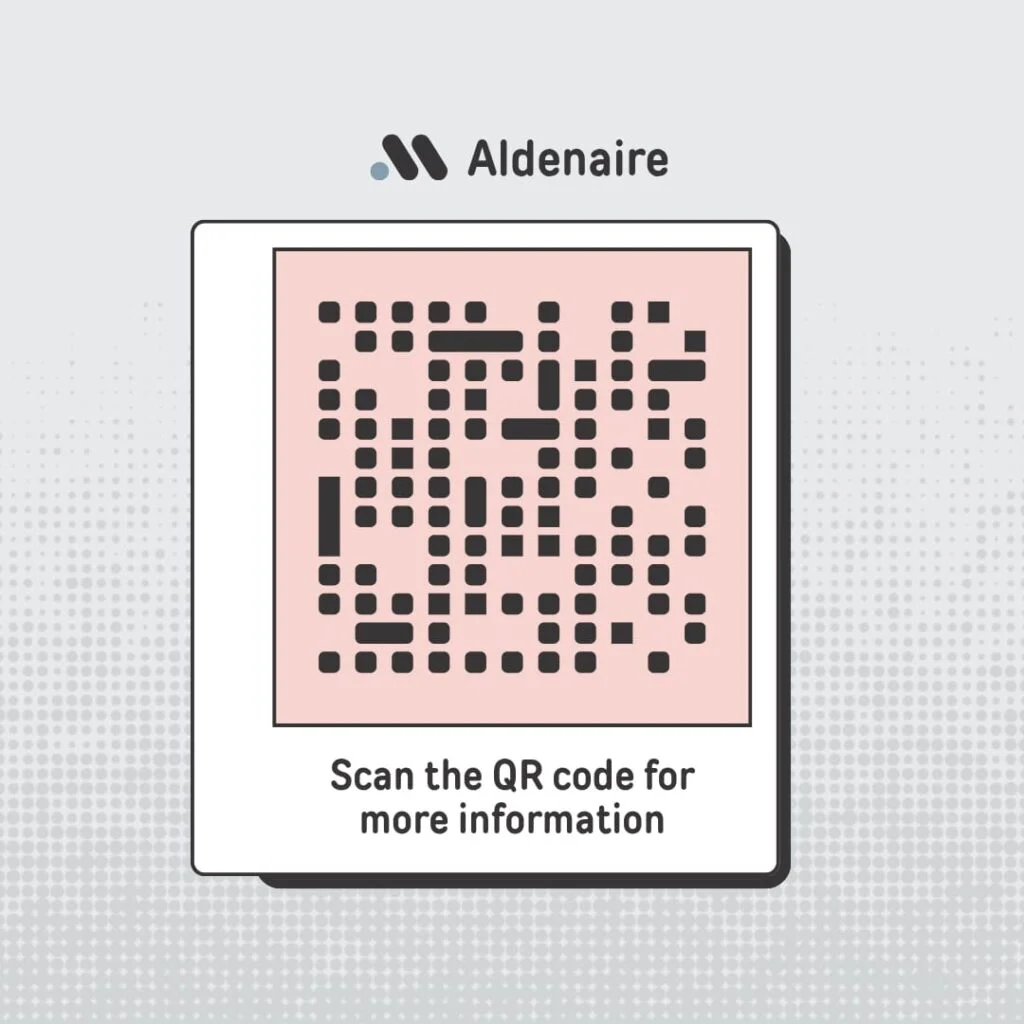In the ever-evolving landscape of the internet, certain terms appear seemingly out of nowhere and spark curiosity across communities. One such term that has been generating buzz is dnoga1b2c3d4. At first glance, it appears to be a random combination of letters and numbers, but upon closer inspection, it holds more intrigue than you might expect. This article dives deep into the world of dnoga1b2c3d4, uncovering its potential meanings, uses, and digital implications, while using the keyword at least ten times to help readers and search engines alike understand its significance.
What is dnoga1b2c3d4?
To put it plainly, dnoga1b2c3d4 is a unique alphanumeric string that has begun to appear in various online databases, forums, and metadata sections. While it may look like a simple code, the structure suggests that it could be a dynamic tag used for system identification, encrypted data tracking, or digital fingerprinting.
This string could potentially represent a user ID, system key, or a digital asset identifier. In cybersecurity and backend data management, such combinations are often auto-generated for tracking purposes. What makes dnoga1b2c3d4 particularly fascinating is that its consistent format suggests an intentional design, pointing to more than just random generation.

Possible Origins of dnoga1b2c3d4
The origin of dnoga1b2c3d4 remains a topic of speculation. Some experts suggest that it may stem from a data encryption or hashing protocol, while others believe it might be part of a decentralized app (dApp) identification system. Others see it as a code used in alpha testing software, where such identifiers help developers track bugs and user engagement anonymously.
Yet, there is no concrete confirmation as to its origin. Its mystery only adds to its appeal. With technology evolving rapidly, strings like dnoga1b2c3d4 may be a glimpse into the backend structures of systems we interact with daily, even if we don’t consciously notice them.
The Rise of Cryptic Digital Identifiers
Why is something like dnoga1b2c3d4 important? Because it illustrates the growing use of cryptic identifiers in the digital world. As privacy and data security gain prominence, platforms are leaning more toward anonymized tagging systems. These help protect user identities while maintaining accurate tracking, analytics, or system performance metrics.
Imagine you’re using a mobile app and generating data. Rather than using your real name or username in backend logs, the system may assign a code like dnoga1b2c3d4 to track your session anonymously. It’s efficient, secure, and less prone to misuse.
The Functionality of dnoga1b2c3d4 in Web Systems
One area where dnoga1b2c3d4 could be highly functional is in content management systems (CMS), database indexing, or even blockchain-based verification. These systems often require unique tags to distinguish between millions of records, making a string like dnoga1b2c3d4 a practical solution.
Additionally, in AI and machine learning models, training datasets often use anonymized tags for different data entries. The use of dnoga1b2c3d4 in such contexts may serve as an internal identifier, ensuring that individual records remain anonymous yet traceable for accuracy in data analysis.
Is dnoga1b2c3d4 a Security Risk?
Many people wonder whether alphanumeric strings like dnoga1b2c3d4 can pose security threats. Generally, these strings are harmless unless they are tied to sensitive information or credentials. However, if a hacker were to crack the logic behind the structure of such strings, it might allow them access to systems that rely on predictable patterns.
That’s why most advanced systems use non-repetitive, highly randomized strings like dnoga1b2c3d4, especially when generating API tokens or encryption keys. The randomness helps avoid collisions and makes it nearly impossible to reverse-engineer the data.
Real-World Examples Using dnoga1b2c3d4
While dnoga1b2c3d4 itself might not yet be a household term, similar codes are already in wide use. Think of how tracking numbers, product SKUs, or even password reset tokens are structured—most follow similar logic. For example:
- Shipping Tracker: 1Z999AA10123456784
- API Key: A1b2C3d4E5f6G7h8
- Session ID: dnoga1b2c3d4-like formats for web logins
In each of these cases, the primary goal is the same: create a unique, non-guessable identifier. The use of dnoga1b2c3d4 in this context shows its potential as a placeholder or real-world example for emerging systems.
The Future of Code-Based Identifiers Like dnoga1b2c3d4
As we move further into an era dominated by digital assets, AI interactions, and decentralized systems, identifiers like dnoga1b2c3d4 will become even more prevalent. Blockchain wallets, NFTs, and smart contracts all rely on similar unique IDs to manage, verify, and trace data.
Moreover, as systems scale globally, human-readable names become inefficient. We’ll likely see more standardized usage of randomized identifiers, and strings like dnoga1b2c3d4 could be the prototype of that trend.
SEO and Metadata Implications
Interestingly, the presence of unique keywords like dnoga1b2c3d4 in content, databases, or site structures can also influence SEO. If this string is associated with a particular product, tool, or concept, search engines begin indexing it based on relevance and user interaction. That’s why inserting dnoga1b2c3d4 consistently across related content can help a platform build topical authority, even if the keyword itself is niche or mysterious.
Popularity and Social Speculation
On platforms like Reddit, Discord, or niche developer forums, users often share theories or ask questions about seemingly random strings they encounter. Dnoga1b2c3d4 has seen such mention, though still under the radar. It’s not unusual for developers, tech enthusiasts, or crypto explorers to encounter such tags and seek community insight.
As more people notice dnoga1b2c3d4, it may start trending or become a subject of deeper exploration, especially if linked to a project, tool, or trend.
Conclusion
In summary, while dnoga1b2c3d4 might seem like an arbitrary string, its structure and potential applications point to a much broader digital utility. From data privacy and web security to blockchain and AI, such identifiers form the foundation of how modern technology operates behind the scenes.
Whether you’re a developer, marketer, or curious user, understanding the role of dnoga1b2c3d4 and similar identifiers can help demystify the invisible mechanics of our digital world. It reminds us that even the most cryptic code can have a purpose—and in the case of dnoga1b2c3d4, perhaps a surprisingly vital one.



